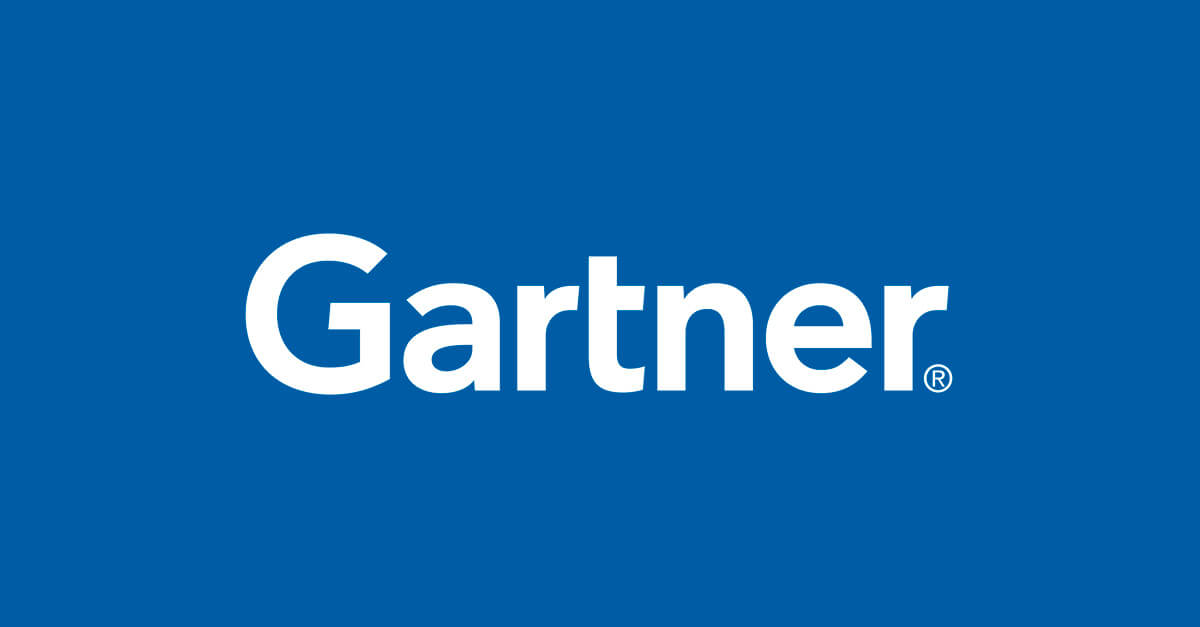TECH NEWS
Gartner Identifies the Top Trends Impacting Infrastructure and Operations for 2021
Analysts Explore Top Industry Trends at Gartner IT Infrastructure, Operations & Cloud Strategies Conference 2020, 7-10 December
December 8, 2020

 STAMFORD, Conn., December 7, 2020 — Gartner, Inc. highlighted the six trends that infrastructure and operations (I&O) leaders must start preparing for in the next 12-18 months.
STAMFORD, Conn., December 7, 2020 — Gartner, Inc. highlighted the six trends that infrastructure and operations (I&O) leaders must start preparing for in the next 12-18 months.
Gartner analysts presented the findings during the Gartner IT Infrastructure, Operations & Cloud Strategies Conference, which is taking place virtually in the Americas and EMEA through Thursday.
“The coronavirus pandemic has forced IT executives to adapt their operations to address increased work-from-home scenarios and unpredictable changes to IT requirements,” said Jeffrey Hewitt, research vice president at Gartner. “Yet, COVID-19 isn’t the only impetus for the majority of I&O staff to work from home moving forward. The nature of infrastructure is evolving to the point where remote I&O teams make sense to support new scenarios, use cases and technologies.”
During his presentation, Mr Hewitt identified the top emerging trends that are impacting I&O and provided recommendations to best respond to them to achieve optimal results in a post-pandemic environment. They are:
Trend No. 1: Anywhere Operations
Gartner expects that 48% of employees will work from home, even after the pandemic, compared with 30% pre-pandemic. This shift will force IT executives to develop flexible and resilient organisations that enable staff to work from anywhere, allow customers everywhere to access services, and manage the deployment of business services across distributed infrastructures.
“The traditional, structured processes within I&O made organisations fragile when it comes to the flexibility of location,” said Mr Hewitt. “Anywhere operations enable organisations to decentralise staff and activate operations where it makes business sense. It even makes way for broader talent choices as organisations do not need to necessarily recruit staff in a specific geography.”
Trend No. 2: Optimal Infrastructure
“The key for anywhere operations is developing programmable infrastructure that enables the right work in the right place at the right time – this is the crux of optimal infrastructure,” said Mr Hewitt. “As infrastructure and operations evolves into integration and operations, various solutions such as hyperconverged infrastructure or computational storage must be matched with the optimal use case.”
Optimal infrastructure will also involve data centre and edge infrastructure, which can be difficult to measure and lead to complex deployments. Mr Hewitt recommended organisations take a business viewpoint and look at both optimising costs and tools to build their case for a given infrastructure deployment.
Trend No. 3: Operational Continuity
Increasingly, workloads will need to support geographically dispersed customers and employees. As a result, IT services must be continuous, regardless of external factors, providing automated deployments and minimal-touch maintenance. By 2025, 60% of organisations will use automation tools to deploy new compute resources, reduce deployment time and deliver greater agility.
“When done correctly, this trend increases efficiencies and allows for faster workload deployment. The main downside is the learning curve that comes with using new and sometimes complex tools or processes that support continuity,” said Mr Hewitt.
Trend No. 4: Core Modernisation
In order to ensure enterprise infrastructure evolves in lockstep, maintaining core operations should be viewed as an ongoing process, not a one-time project. Organisations will need to coordinate infrastructures on- and off-premises that minimise legacy drag.
“The upside of modernising infrastructure is that it lowers technical debt and paves the way for agile infrastructure to respond to the growing list of digital business requirements,” said Mr Hewitt. “Organisations must implement a modernisation plan with a realistic timeline, one which accounts for shifting skill requirements.”
Trend No. 5: Distributed Cloud
Another major trend is distributing cloud resources so that the cloud becomes decentralised and the burden of support shifts to cloud service providers. This approach will enable flexible location and result in latency reduction.
“Since the distributed cloud market is currently immature, costs can be high and deployment models complex. Organisations should still have it on their horizon as a part of the future of cloud computing, since most cloud service platforms will provide at least some distributed cloud services that execute at the point of need over the next four years,” said Mr Hewitt.
Trend No. 6: Critical Skills Versus Critical Roles
“I&O skills requirements will continue to evolve as organizations adapt to new business environments,” said Mr Hewitt. “Specifically, there is a shift in focus from infrastructure roles toward collective, critical skills. This challenges the traditional ‘territorial’ thinking of belonging to a specific infrastructure team and instead encourages collaboration.”
By 2022, I&O leaders can expect to plan for at least 12 high-priority skills in their organisations. While hiring for these skills now while the IT talent market remains a buyer’s market is recommended, Gartner I&O leaders should consider the fundamental culture changes this trend will bring and to plan accordingly.
[toggle title =”MORE INFOS”]Gartner IT Infrastructure, Operations & Cloud Strategies Conferences
The Gartner IT Infrastructure, Operations & Cloud Strategies Conference 2020 provides analysis on cloud strategies and infrastructure and operations trends. Follow news coming from the conference on the Gartner Newsroom, Smarter With Gartner, on Twitter using #GartnerIO, Instagram and LinkedIn.
About Gartner
Gartner, Inc. (NYSE: IT) is the world’s leading research and advisory company and a member of the S&P 500. We equip business leaders with indispensable insights, advice and tools to achieve their mission-critical priorities and build the successful organizations of tomorrow.
Our unmatched combination of expert-led, practitioner-sourced and data-driven research steers clients toward the right decisions on the issues that matter most. We are a trusted advisor and objective resource for more than 14,000 enterprises in more than 100 countries — across all major functions, in every industry and organization size.
To learn more about how we help decision makers fuel the future of business, visit www.gartner.com.[/toggle]